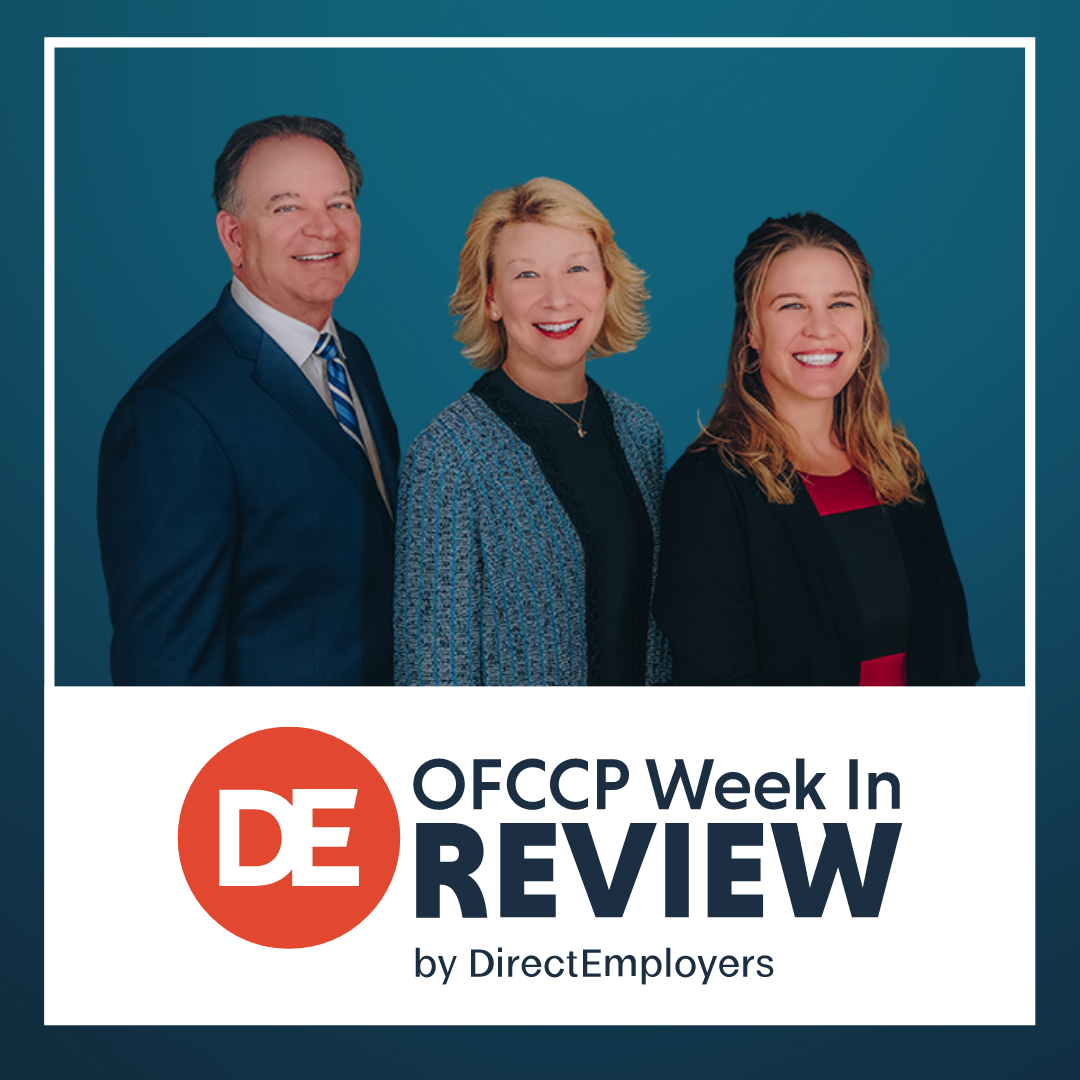
- This Week’s Vaccination Injunction Puzzle at a Glance
- White House to Be A “Model Employer” for Empowering Employees to Unionize
- BLS Seeks to Increase Data Set for Occupational Requirements Survey – Comment Portal Open
- OFCCP Published How-To Videos and Registration Tips for New Contractor Portal
- Fifth Circuit Refuses to Lift Nationwide Injunction of Federal Employee Vaccine Mandate Before Oral Argument on Substantive Merits of the Mandate
- Comment Now on Functional Affirmative Action Program Directive Updates
- NLRB Looks to Strengthen Ties with Other Federal Enforcement Agencies
- Eight States Bring Two Suits Seeking to Enjoin $15/Hour Minimum Wage for Employees of Federal Contractors & Subcontractors
- The #MeToo Movement Continues to Alter the Federal Employment Law Landscape, as Private Employers Now Face Changes to the Scope of Employment Arbitration Agreements
- In Memoriam

This Week’s Vaccination Injunction Puzzle at a Glance
Current Status:
The Federal OSHA Permanent Rule: Still awaiting the publication of the USDOL Occupational Safety and Health Administration’s (OSHA) Final (“Permanent”) Rule on COVID-19 vaccination, masking, and distancing requirement in the workplace. OSHA is pushing this forward despite OSHA’s loss on its Emergency Temporary Standard amid the growing sense that the COVID-19 pandemic might be slowly but gradually abating, rendering further federal action soon to be unnecessary. Even California is unmasking this week, and many companies are returning to work in their offices. The thaw is starting.
The Federal Government Contractor / Subcontractor Vaccination Mandate Litigation: Oral argument before the U.S. Court of Appeals for the Eleventh Circuit as to the enforcement of the federal contractor/subcontractor vaccination mandate is set for April.
Federal Employee Vaccine Mandate Case: 5th Circuit Refuses to Lift Nationwide Injunction Issued by U.S. District Court for the Southern District of Texas During Pendency of Litigation
- The United States Court of Appeals for the Fifth Circuit (New Orleans) refused last Wednesday (February 9, 2022) to lift the nationwide injunction a lower federal District Court had earlier issued in Feds for Medical Freedom, et al v. Biden, et al. which had stopped the vaccination mandate for federal government employees. (See case discussion, below) The vaccination mandate for federal employees thus remains frozen even while the Biden Administration pursues its appeal on the merits of its mandate. We previously discussed this case here.
Monday, February 7, 2022: White House to Be A “Model Employer” for Empowering Employees to Unionize
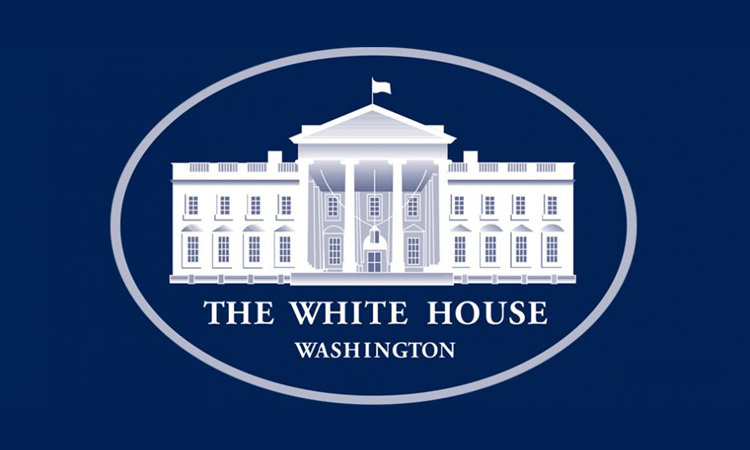
The Task Force released its first report, titled the “White House Task Force on Worker Organizing and Empowerment, Report to the President.” The mission of the Task Force, as described on page one of the 43-page document, includes the statement,
“In keeping with the direction and guidance provided by Vice President Harris and Secretary Walsh, the Task Force has developed a set of recommendations that, when implemented, will promote worker organizing and collective bargaining for federal employees and for workers employed by public and private-sector employers.”
The Report includes a description of the role of organized labor along with a summary of how “we arrived at the low union density…that exists today.” Pages 13 -15 list nearly 70 recommended “Executive Actions” from how to “make the Federal Government a model employer” to how to increase “visibility, support, awareness, and promotion of collective bargaining” for all employers.
The Task Force comprises more than 20 Cabinet Members and is Chaired by Vice-President Kamala Harris. Marty Walsh, the U.S. Secretary of Labor and Vice-Chair of the Task Force, aims to have his Department focus on the following actions to support the mission of the Task Force.
- Ensure workers know their organizing and bargaining rights.
- Protect workers who face illegal retaliation when they organize and stand up for workplace rights.
- Establish a resource center on unions and collective bargaining.
- Shed light on employer’s use of anti-union consultants.
- Collect and report more information on unions and their role in the U.S. economy.
- Advance equity across underserved communities by supporting worker organizing and collective bargaining.
“The U.S. Department of Labor will play a critical role in helping the White House Task Force on Worker Organizing and Empowerment to achieve its mission. Workers today are demanding more from their jobs, and we know the freedom to exercise their right to collective bargaining is a key component of our efforts to improve working conditions across the economy,” said Secretary of Labor Marty Walsh.
In The Know – Federal Government Union Numbers
The Federal Government is the largest employer in the United States, with more than 2.1 million non-postal employees. ( A separate statute, Title 39 U.S.C. covers the Postal Service). According to the Report, unions represent more than 1.2 million non-postal federal employees in over 2,000 bargaining units. However, only approximately 33% of bargaining unit employees are dues-paying union members, meaning fewer than 20% of federal employees are union members.
What’s Next?
According to the Report, “the Task Force’s final recommendation is that the President direct the Task Force to continue this important work, and to submit a supplemental report, including a report on progress to date and additional recommendations, six months from the date of this report.”
More on Unions
The release of the Task Force Report is just one event in a series of recent headlines surrounding the Biden Administration’s support of the dwindling Union movement. See these related stories we have covered recently.
Tuesday, February 8, 2022: BLS Seeks to Increase Data Set for Occupational Requirements Survey – Comment Portal Open
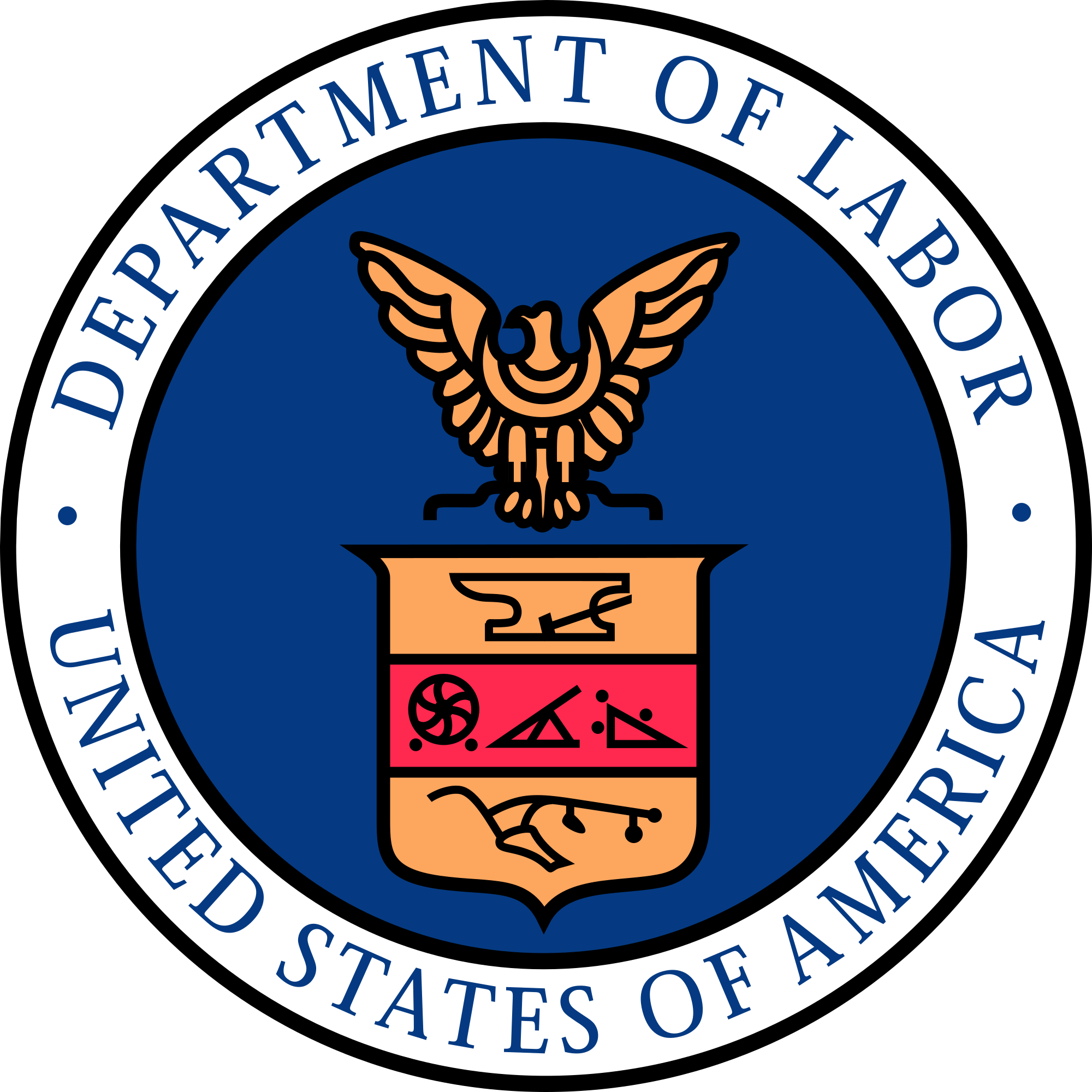
The Occupational Requirements Survey (ORS) is a nationwide survey that provides job-related information regarding physical demands, environmental conditions, education, training, experience, and cognitive and mental requirements for jobs in the United States. The Social Security Administration (SSA) will use the estimates the data produces to update occupational requirements data necessary to administer the Social Security Disability Insurance (SSDI) and Supplemental Security Income (SSI) programs.
BLS is seeking approval to increase the ORS sample size for the group collected from August 2022 through July 2023. The hope is to mitigate the impacts of the COVID-19 pandemic-related non-response on survey estimates.
Comment Deadline
The OMB will consider all written comments received on or before March 10, 2022.
Tuesday, February 8, 2022: OFCCP Published How-To Videos and Registration Tips for New Contractor Portal

Now available for viewing (via u-tube) are the following:
- How to Register with a Known Identifier
- How to Register when Your Known Identifier is Unknown
- How to Update your Establishments or Functional/Business Units
Also available are detailed instructions on using the 2018 EEO-1 data when registering “AAP Establishments” for the Contractor Portal. Check the website for more details on entering the company identifier and information for parent companies which did not file a 2018 EEO-1 survey, universities, or other federal contractors and subcontractors which have not received a notification to register.
Wednesday, February 9, 2022: Fifth Circuit Refuses to Lift Nationwide Injunction of Federal Employee Vaccine Mandate Before Oral Argument on Substantive Merits of the Mandate
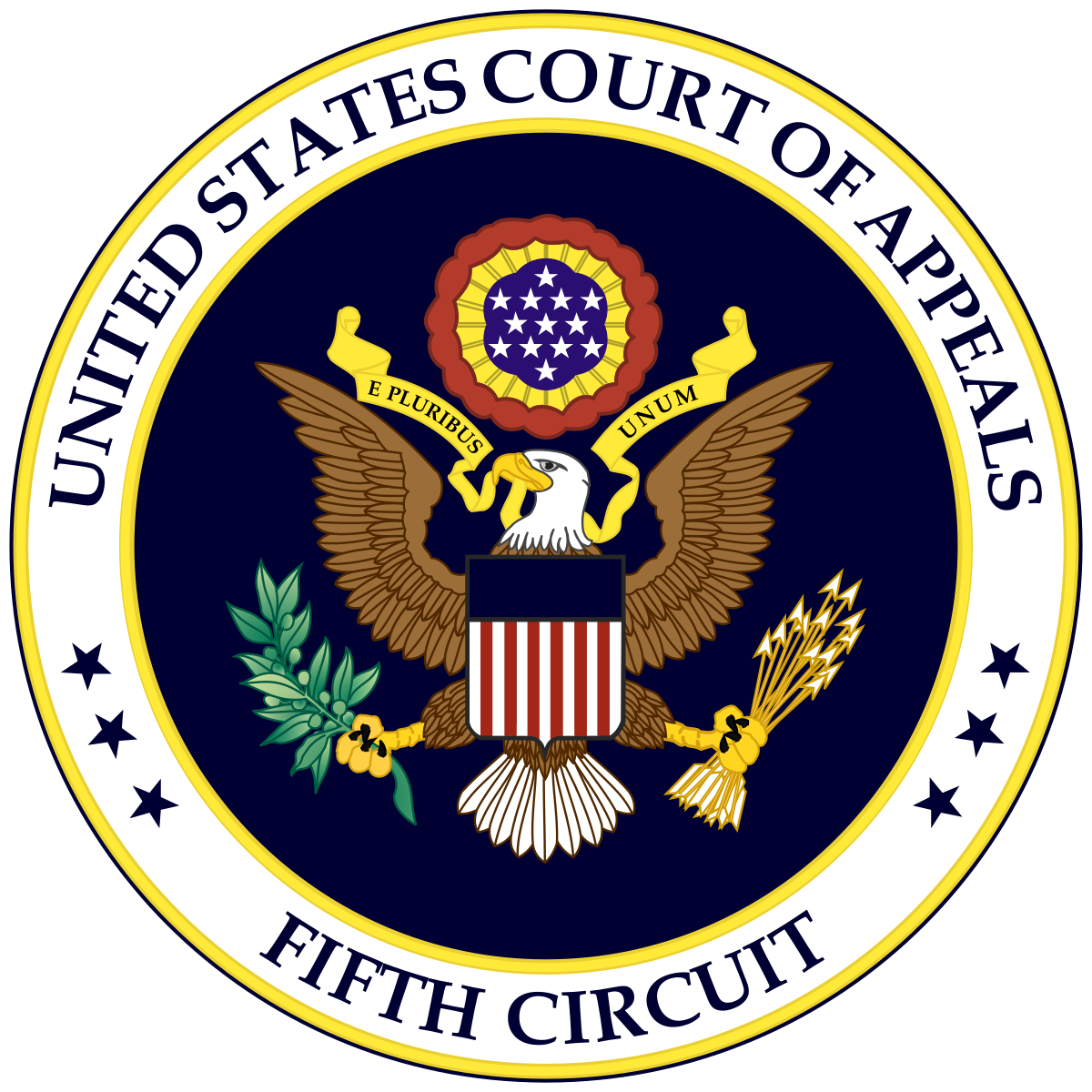
As readers may recall, the U.S. District Court for the Southern District of Texas in Feds for Medical Freedom, et al. v. Biden, et al., Case No. 3:21-cv-00356 (S.D. Tx. January 21, 2022), issued less than three weeks ago a nationwide injunction against President Biden’s Executive Order 14043 mandating all federal employees consent to vaccination or face termination. In response, the Biden Administration filed an appeal with the Fifth Circuit Court of Appeals in opposition to the U.S. District Court’s order. In conjunction with its appeal challenging the President’s legal authority to issue the vaccination mandate, the Administration had also filed a petition seeking immediate relief from the injunction and asking the Fifth Circuit to lift the injunction during the pendency of the Fifth Circuit’s consideration of the President’s legal authority to issue the mandate.
Rather than grant the Administration’s petition, the Fifth Circuit elected to maintain the current status quo in a terse four-sentence ruling:
“IT IS ORDERED that Appellants’ [Biden Administration] opposed motion to stay the injunction pending appeal is CARRIED WITH THE CASE. This matter is expedited to the next available randomly designated regular oral argument panel. The Clerk is directed to issue a schedule for expedited briefing. The merits panel, once identified, will be free, in its discretion, to rule immediately on the motion to stay or await oral argument.”
Significantly, Fifth Circuit Judge Stephen Higginson, a President Obama appointee, dissented from the panel decision in a separate 10-page opinion. Judge Higginson wrote that he would have lifted the injunction pending the appeal on the merits for these reasons:
- The Biden Administration was likely to succeed on the merits as to its appeal of the injunction for three independent reasons. First, he believed the Administration was likely to establish the U.S. District Court lacked jurisdiction over the case. Second, even assuming the District Court did have jurisdiction, the President had authority to promulgate the vaccine mandate given his position as the “head of the federal executive workforce.” Finally, the plaintiffs (U.S. Navy Seals) seeking to enjoin the vaccine mandate are unable to meet their burden to show irreparable harm absent the injunction since adequate monetary remedies exist for wrongful discharge or loss of employment if the Court were to find the President lacked the legal authority to impose the vaccination mandate. [Editor’s Note: This is actually a pretty good argument in favor of lifting the injunction…because injunctions are appropriate only when there is no remedy at law to secure monetary damages. Example: it does not much help historic preservationists to get money damages for the historic Victorian House being demolished during the appeal of the order allowing it to be razed, but in a case the historic preservationists later win on the merits. That is irreparable harm, and an injunction should issue to stop an action in advance of injury money just cannot later adequately recompense].
- Without lifting the injunction, the Administration would suffer irreparable injury in that federal employees face a greater risk of hospitalization and death that severely impacts the Administration’s operating capacity.
- Lifting the injunction would not substantially harm the plaintiff employees, given that the District Court failed to identify any specific plaintiff facing imminent discipline or discharge. Furthermore, even if there were such employees, remedies of reinstatement and back pay for lost income while inappropriately terminated exist.
- Finally, the public has an “indisputable interest” in the government maintaining operational efficiency and stemming the spread of a highly contagious and deadly disease through the federal workforce that provides essential services to the public.
Given the Fifth Circuit’s ruling, the injunction on the federal employee vaccination mandate will remain in effect until the Fifth Circuit holds oral argument and rules on the substantive merits of the District Court’s prior order. The Clerk of the Fifth Circuit Court of Appeals has not yet set the date for the expedited hearing the Court ordered.
Wednesday, February 9, 2022: Comment Now on Functional Affirmative Action Program Directive Updates

The current Directive on Functional Affirmative Action Plans (Directive 2013-01 Revision 2) expires on June 30, 2022.
OFCCP currently has FAAP agreements with 86 contractors which cover 2,509 functional units. [There has been a dramatic reduction of FAAPs whose popularity reached their peak popularity at about 225 approved FAAPs under OFCCP Director Charles James in the George W. Bush Administration]. OFCCP estimates that there will be approximately only five requests for new FAAP agreements each year. (OFCCP based its estimate on the number of FAAP agreements requested in the previous three years).
Ironically, even while OFCCP hopes to increase the number of FAAP Agreements, the changes OFCCP proposes, and outlined below, create more “speed bumps” for contractors. These speed bumps will undoubtedly lessen the interest of a number of contractors otherwise interested to participate in FAAPs because of the structural advantages they offer over “establishment-based” AAPs. The Bush Administration found it had to lower the amount of burden on contractors to participate in this voluntary program to increase their interest to adopt FAAPs.
What Are the Proposed Changes?
Note: Some changes will affect OFCCP’s FAAP Directive, others will affect the content of OFCCP’s FAAP Agreement with the contractor and others will affect what data and documents contractors must submit to OFCCP.
Pages 2-4 of the “OFCCP FAAP ICR Supporting Statement 60-day FINAL“ lists all the changes. Some of the more critical updates include:
- Updating the definition of “modification” (which the contractor must report to OFCCP) to include changes in the contractor’s management officials. (see subsequent new requirements surrounding this change below)
- Updating the “Roles and Responsibilities” section to clarify that FAAP contractors are required to notify OFCCP that they have implemented the FAAP Agreement.
- Providing that contractors must agree to submit their FAAP request to OFCCP in electronic form. If a contractor cannot submit the request electronically, it may contact OFCCP_FAAP-UNIT@dol.gov to discuss an alternative submission method.
- Updating the procedures in OFCCP’s Directive to require notice of a modification when there is a change in a functional or business unit’s management official. The notification must identify which functional or business unit was impacted by the change and include the name, address, and email address of the new management official. The notification must be submitted within 60 calendar days of the management official change.
- Clarifying that modifications to the FAAP agreement, including any changes to management officials, do not extend the five-year term of a FAAP agreement.
- Providing that all modification and termination notices must be submitted electronically. If a contractor cannot submit the information electronically, it may contact OFCCP_FAAP-UNIT@dol.gov to discuss an alternative submission method.
- Clarifying that a contractor must continue developing, implementing, and maintaining AAPs for each establishment until the FAAP agreement is executed.
- Providing that OFCCP’s reasons for terminating a FAAP agreement include, but are not limited to:
- if the contractor fails to account for all its employees in a functional or establishment AAP; or
- If the contractor does not have at least one federal contract or subcontract of $150,000 or more, the contractor must provide updated information concerning at least one federal contract or subcontract of $50,000 or more, identifying the name of the federal contracting agency, the contract number, the contract period, and the name of the prime contractor if the contractor is a subcontractor.
- Updating requirements which OFCCP imposes to certify a federal contractor’s request to enter into a FAAP Agreement:
- If the contractor has at least one federal contract or subcontract of $150,000 or more, the contractor must provide updated information concerning at least one federal contract or subcontract of $150,000 or more, identifying the name of the federal contracting agency, the contract number, the contract period, and the name of the prime contractor if the contractor is a subcontractor.
- If the contractor does not have at least one federal contract or subcontract of $150,000 or more, the contractor must provide updated information concerning at least one federal contract or subcontract of $50,000 or more, identifying the name of the federal contracting agency, the contract number, the contract period, and the name of the prime contractor if the contractor is a subcontractor.
- Updating Attachment A to OFCCP’s Directive to require contractors to identify and provide the name and address of the contractor’s corporate headquarters that oversees contractor operations in the United States and its Territories. Contractors must provide the managing official’s name, address, and email address for each proposed functional or business unit. Additionally, FAAP signatory companies must provide the company or subsidiary name, street address, and the total number of employees covered at each location within the functional unit.
- Providing that contractors must provide a statement identifying the location, including the city and state, where each proposed FAAP unit will maintain its employee personnel records and applicant processing activities. If records are maintained electronically, contractors must identify and describe the data maintenance/cloud-based systems the company uses.
- Providing that OFCCP must provide 30 days’ notice if it denies certification of a FAAP.
- Providing that either party may terminate the FAAP agreement with at least 30 calendar days written notice.
Comment Details
The Agency specifically seeks comments on:
- whether the proposed collection of information is necessary for the compliance assistance functions of the Agency, including whether the information will have practical utility;
- the accuracy of the agency’s estimate of the burden of the proposed collection of information (1,006 hours), including the validity of the methodology and assumptions used*; and
- that enhance the quality, utility, and clarity of the information to be collected.
Interested parties should submit comments on or before April 11, 2022.
*The burden associated with this information collection is related to reporting. The recordkeeping burden related to developing, updating, and maintaining AAPs is included in OFCCP’s ICR for supply and service programs. To obtain approval to create an AAP based on a functional or business unit, a contractor must send a written request to the OFCCP Director that includes the supporting documentation, for which the burden is assessed (see page nine of the “OFCCP FAAP ICR Supporting Statement 60-day FINAL” and the FAAP Directive for details about Requesting a FAAP Agreement). The reporting burden accounts for the request for approval and the retrieval of the information needed by OFCCP to make its determination.
The estimates of the time necessary to complete each process step are based on OFCCP’s experience with the FAAP program.
Thursday, February 10, 2022: NLRB Looks to Strengthen Ties with Other Federal Enforcement Agencies
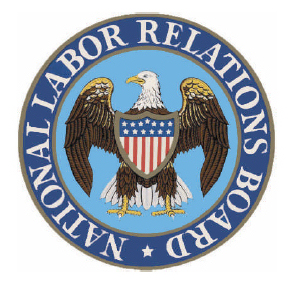
- U.S. Wage-Hour Division and NLRB MOU Promises Greater Enforcement and Investigation Opportunities Against Employers, Including as to Independent Contractor Misclassifications and
- NLRB, EEOC, and USDOL Join Forces To Use Their “Bully Pulpits” to Combat Workplace Retaliation: No Substantive Requirements Planned
In the Memo, Abruzzo “strongly encourages” all Regional Offices to “develop similar inter-agency partnerships with other agencies as well.”
“I agree that it’s crucial for federal agencies to collaborate to increase workers’ protections from systemic abuses, including discrimination, retaliation, and other mistreatment—while also working to promote equity in the workforce,” said General Counsel Jennifer Abruzzo. “Stronger collaboration and networked enforcement will particularly assist those most vulnerable and will help to secure a voice at the table through union representation if workers so choose.”
It is not clear from the Memo, however, how greater inter-agency partnerships among federal enforcement agencies will increase union representation of employees in private companies.
What’s Next?
Abruzzo plans to do the following:
- enhance partnerships with the Federal Mediation & Conciliation Service (FMCS), the National Mediation Board (NMB), and Department of Justice (DOJ) Civil Rights Division,
- establish partnerships with the Internal Revenue Service (IRS), DOJ Antitrust Division, and the Federal Trade Commission (FTC) to address unfair methods of competition that undermine workers’ rights,
- strengthen the MOU with the Department of Homeland Security (DHS),
- promote more education for employees, businesses, advocates, and the broader public through a “robust” outreach program, and
- partner with the Department of Labor and the Equal Employment Opportunity Commission to establish a regular series of virtual webinars with targeted audiences that focuses on combating retaliation (see link above).
Thursday, February 10, 2022: Eight States Bring Two Suits Seeking to Enjoin $15/Hour Minimum Wage for Employees of Federal Contractors & Subcontractors

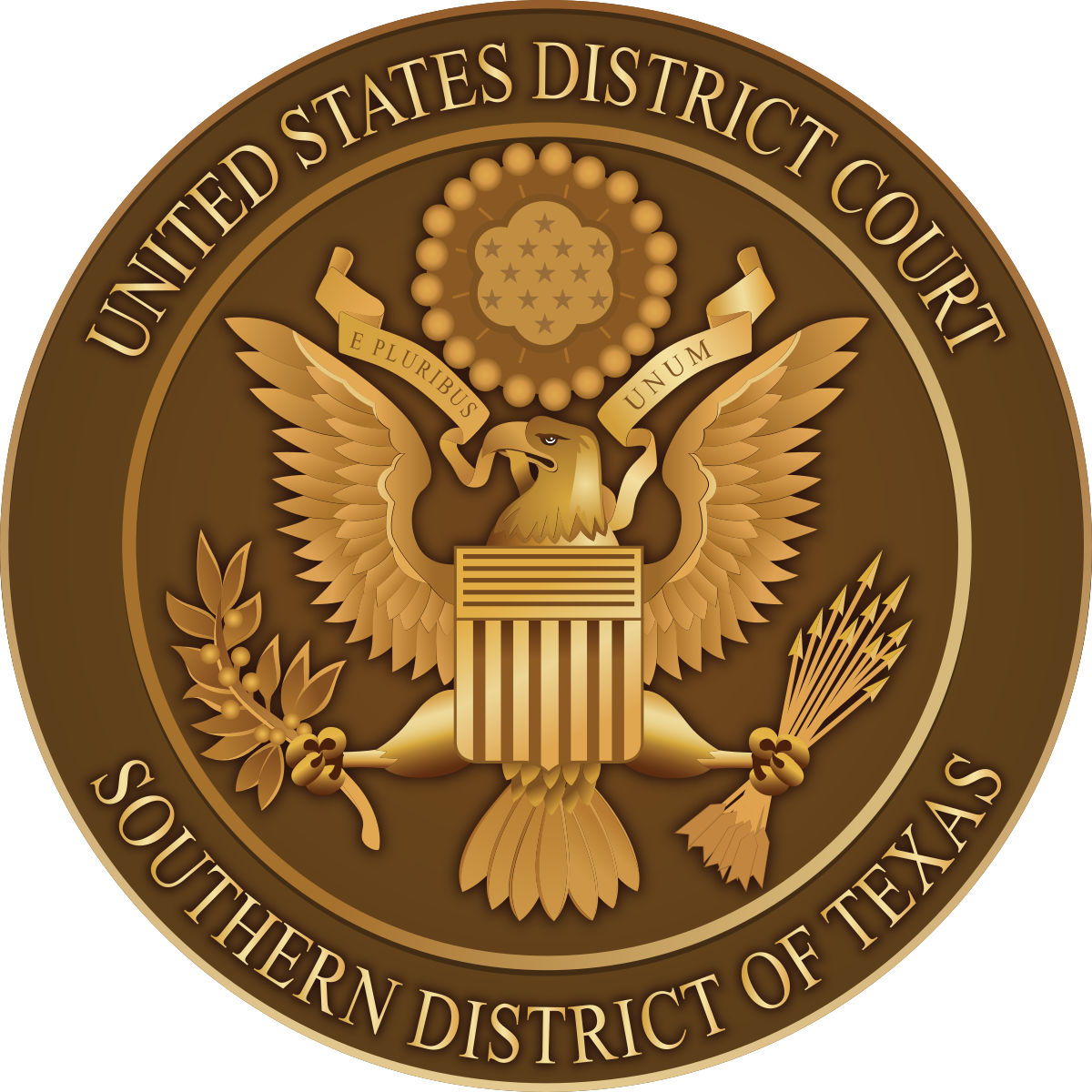
For those readers who have followed our summaries of the various case decisions related to the Biden Administration’s vaccine mandates for employees of federal contractors and subcontractors, the arguments the plaintiff-states have put forward will be familiar. Indeed, the plaintiff-states cite specific rulings enjoining the Biden Administration’s vaccine mandates in support of their positions to now seek to stop the minimum wage hike for federal contractors and subcontractors.
Specifically, the plaintiff-states began by contending they have legal “standing” (i.e., the coming minimum wage hike would sufficiently injure the legal interests of the states to allow them to file a Complaint to stop that anticipated harm). The claimed harm extends to state citizens, including state law enforcement agents, personnel at state universities, and individuals working on federal lands within the state’s boundaries. The states also argue that they have sued to protect their sovereign, quasi-sovereign, and proprietary interests.
Additionally, the plaintiff-states contend the court must enjoin the new minimum wage standard for the following reasons:
- First, Executive Order 14026 exceeds the Administration’s authority under the Federal Property and Administrative Services Act (the “Procurement Act”) which only permits regulations to ensure an “economical and efficient system,” to which the minimum wage does not relate. Indeed, the states argue that raising the cost of labor on federal contracts and subcontracts is contrary to the Procurement Act’s intent to reduce (not increase) the cost of goods and services to the federal government.
- Second, the “Major Questions Doctrine” precludes the Executive Branch from issuing Rules with deep economic and political significance, such as minimum wage laws, since Congress did not expressly assign that power to The President. Plaintiff-states cite the fact that the authority to set minimum wages in the economy has traditionally rested with Congress, and Congress has exercised its minimum wage authority on many occasions. Indeed, both suits cite the Biden Administration’s failure to get a new minimum wage rate passed through Congress upon The President’s assumption of office.
- Third, the nondelegation doctrine precludes Congress from abdicating or transferring its power to set the minimum wage to the Executive Branch without sanction.
- Fourth, USDOL’s Rules implementing the minimum wage are arbitrary and capricious in violation of the Administrative Procedure Act since the Rules fail to demonstrate why the change in rate is permissible, or that good reason exists for the change. The Plaintiff-states contend changes in the minimum wage require an agency to: (1) display awareness it is changing position; (2) provide evidence the new policy is permissible under the statute authorizing the action; (3) believe the new policy is better; and (4) provides good reasons for the new policy.
- Fifth, other federal statutes govern minimum wage requirements, including the FLSA, Walsh-Healey Public Contracts Act, and the McNamara-O’Hara Service Contract Act.
- Finally, the plaintiff-states have a sovereign interest in their employment relationship with their employees, and setting a different minimum wage constitutes a 10th Amendment (rights reserved to the states) violation.
For now, the litigation offers no relief from the minimum wage hike President Biden has ordered given that the new minimum wage standard went into effect January 31, 2022. It is also unclear on what basis plaintiff-states in the litigation can argue a need for immediate injunctive relief, given the delay of almost a year to bring suit.
Accordingly, federal contractors/subcontractors must now proceed to implement the already effective new minimum wage requirement and should be cautious to place much hope to recover the value any increased wages they will have paid out since January 31, 2022, even if there is later a successful outcome for the Plaintiff-states. A long legal road lies ahead with an almost certain appeal of the federal District Court rulings, regardless of who loses.
Thursday, February 10, 2022: The #MeToo Movement Continues to Alter the Federal Employment Law Landscape, as Private Employers Now Face Changes to the Scope of Employment Arbitration Agreements

Representatives of both political parties introduced and sponsored both the House and Senate bills. Interest in limiting the scope of arbitration agreements committing disputes in the workplace to private (non-public) resolution of sexual harassment matters in the workplace arose in response to the #MeToo movement. Both bills garnered testimony in Congressional hearings from figures as diverse as former Fox correspondent Gretchen Carlson and actress Eliza Dushku.
With its anticipated passage into law expected shortly, employers must soon alter the language of their arbitration agreements to the extent that they currently require either (a) arbitration and/or (b) waiver of class or representative actions of pre-dispute claims alleging sexual assault or sexual harassment in the workplace. First, to the extent an employer wishes to maintain an arbitration agreement as a condition of employment, any such agreement must now include a carve-out for potential sexual assault or sexual harassment claims. Second, any such carve-out must also extend to agreements employees sign waiving their right to proceed as part of a class action or representative claim as to any sexual assault or sexual harassment allegation.
Employers should note that the bill does not completely forbid the use of arbitration to litigate sexual assault and/or sexual harassment claims. Rather, arbitration of sexual assault and/or sexual harassment claims will be permitted going forward if the plaintiff agrees to proceed with arbitration after an alleged incident occurs. In other words, the new law permits only POST-dispute arbitration agreements of sexual assault and/or sexual harassment claims to which the employee agrees.
Finally, employers in California may wish to speak to their counsel as to whether the costs now outweigh the benefits of having an arbitration agreement. Federally imposed carve-outs for sexual assault and sexual harassment claims added to the existing California state carve-outs for representative actions under the Private Attorneys General Act and the recent 9th Circuit three-Judge panel ruling in Chamber of Commerce v. Bonta will soon be coming. These carve-outs uphold a recent sweeping California statute prohibiting mandatory arbitration agreements pertaining to employment disputes in California, so employers with employees in California are now hard pressed to create an agreement that they can enforce as to California employees.
In Memoriam
After a multi-year struggle to defeat breast cancer, we regret to announce that our friend and Compliance Advisory Board Member Linda Cavanna-Wilk, Esq., of FordHarrison in New York City, lost the battle and passed away last week. Linda is survived by her husband, Doug, and their three adult children. We will miss her very much and especially her always cheerful and uplifting voice and spirit.
The family welcomes donations to the Triple Negative Breast Cancer Foundation to fund more research into this rare form of cancer.
THIS COLUMN IS MEANT TO ASSIST IN A GENERAL UNDERSTANDING OF THE CURRENT LAW AND PRACTICE RELATING TO OFCCP. IT IS NOT TO BE REGARDED AS LEGAL ADVICE. COMPANIES OR INDIVIDUALS WITH PARTICULAR QUESTIONS SHOULD SEEK ADVICE OF COUNSEL.
SUBSCRIBE.
Compliance Alerts
Compliance Tips
Week In Review (WIR)
Subscribe to receive alerts, news and updates on all things related to OFCCP compliance as it applies to federal contractors.
OFCCP Compliance Text Alerts
Get OFCCP compliance alerts on your cell phone. Text the word compliance to 55678 and confirm your subscription. Provider message and data rates may apply.
